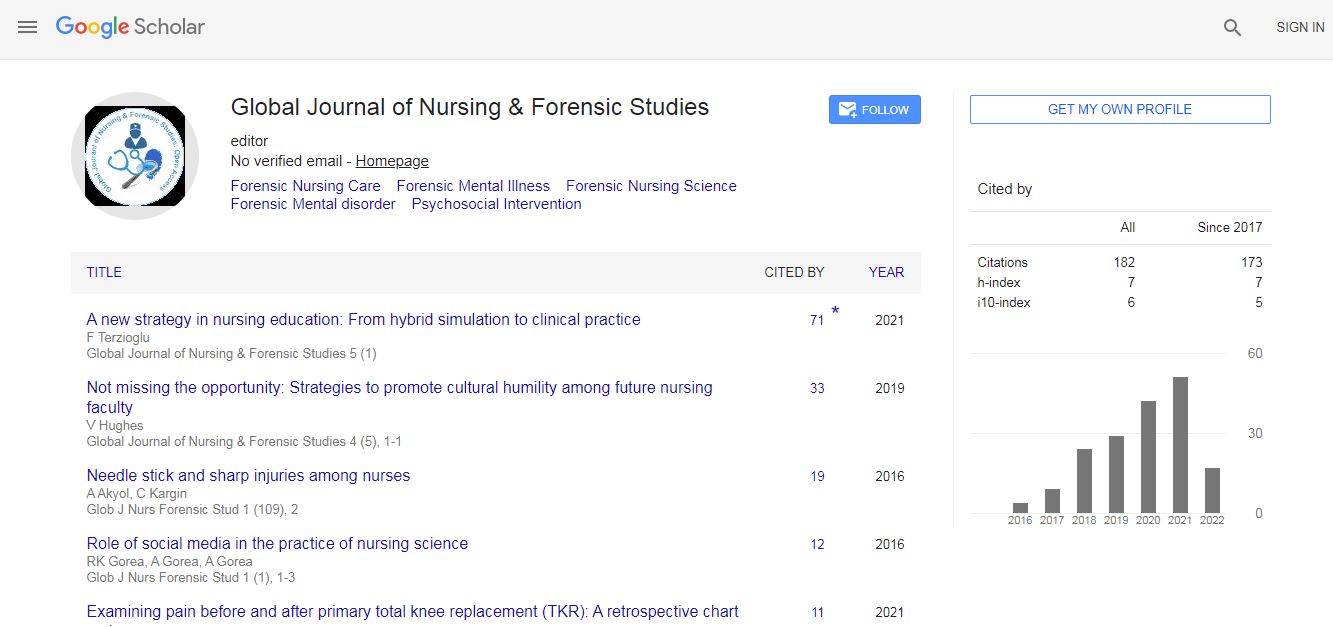Review of Presbyopia and Spectacle Management
*Corresponding Author: Rahul Deb Bera, Department of Optometry, Institute of Management Study, India, Email: debrd4022@gmail.comReceived Date: Nov 01, 2023 / Accepted Date: Nov 28, 2023 / Published Date: Nov 28, 2023
Citation: Bera RD (2023) Review of Presbyopia and Spectacle Management. Optom Open Access 8: 232.DOI: 10.4172/2476-2075.1000232
Copyright: © 2023 Bera RD. This is an open-access article distributed under theterms of the Creative Commons Attribution License, which permits unrestricteduse, distribution, and reproduction in any medium, provided the original author andsource are credited.
Abstract
Presbyopia is a physiological phenomenon. It is a disability to concentrate effectively on closer objects that occurs as the eye ages. It affects mainly the age group over 40 and also in some cases before the age of 40, many persons get difficulties to see at near point. Around 1.8 billion people have presbyopia globally which is nearly 25% of the world's population. It also significantly affects the quality of life. It occurs as the people get older it affects more. The main symptoms of presbyopia are headache and difficulty to see at near objects. Presbyopia is not a disease; it is a natural component of age. As we become old our lens start losing flexibility to make itself in convex shape and strength of ciliary muscles. It is also known as age-related farsightedness. It can also occur with uncorrected refractive errors like hyperopia. In this paper, we will discuss the physiological changes of the eye and possible spectacle management which are available in the recent market.

 Spanish
Spanish  Chinese
Chinese  Russian
Russian  German
German  French
French  Japanese
Japanese  Portuguese
Portuguese  Hindi
Hindi 